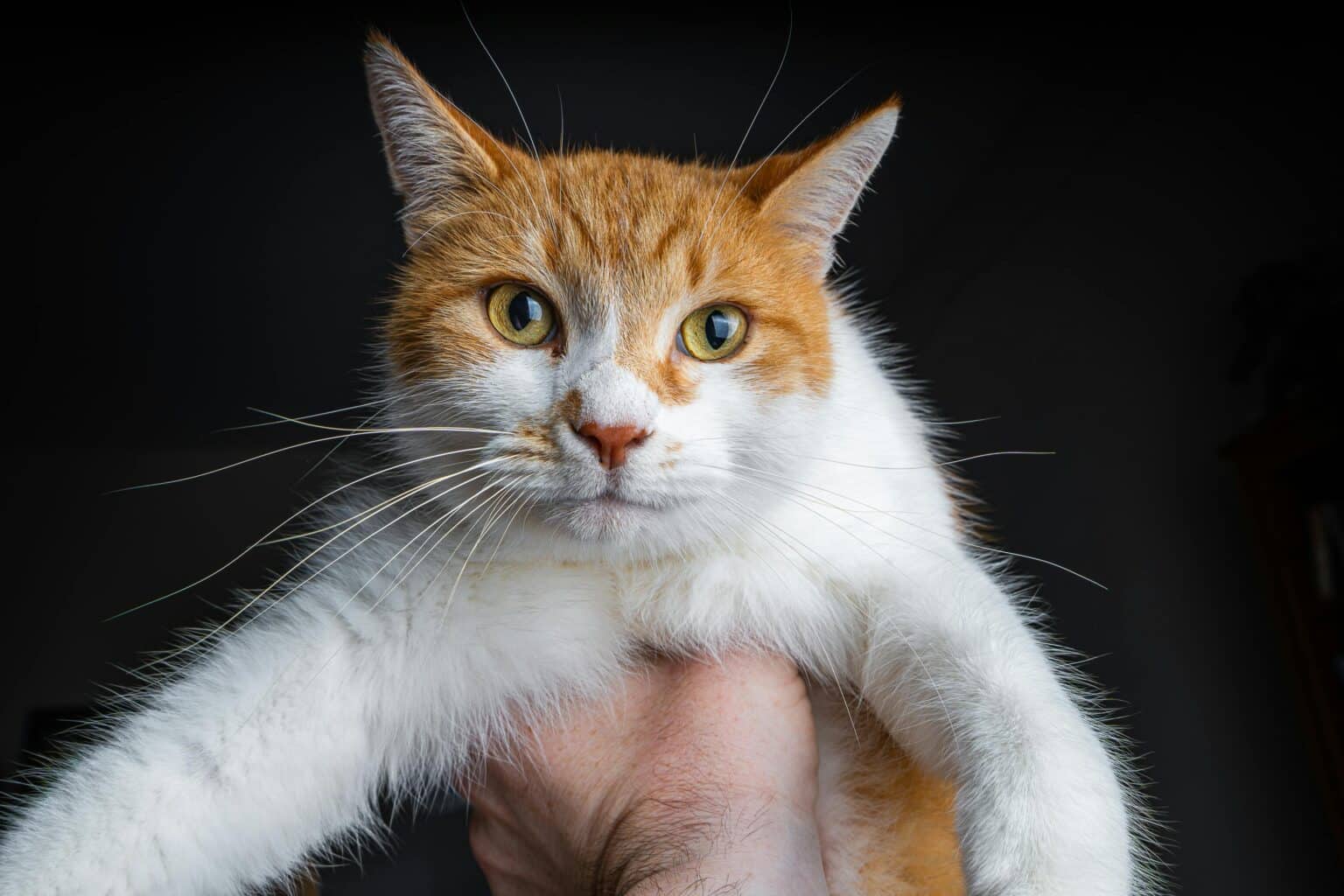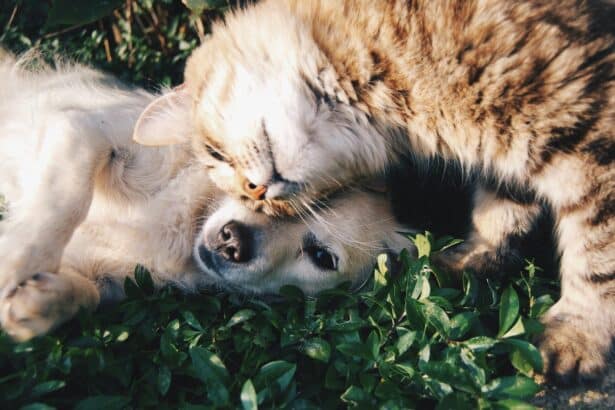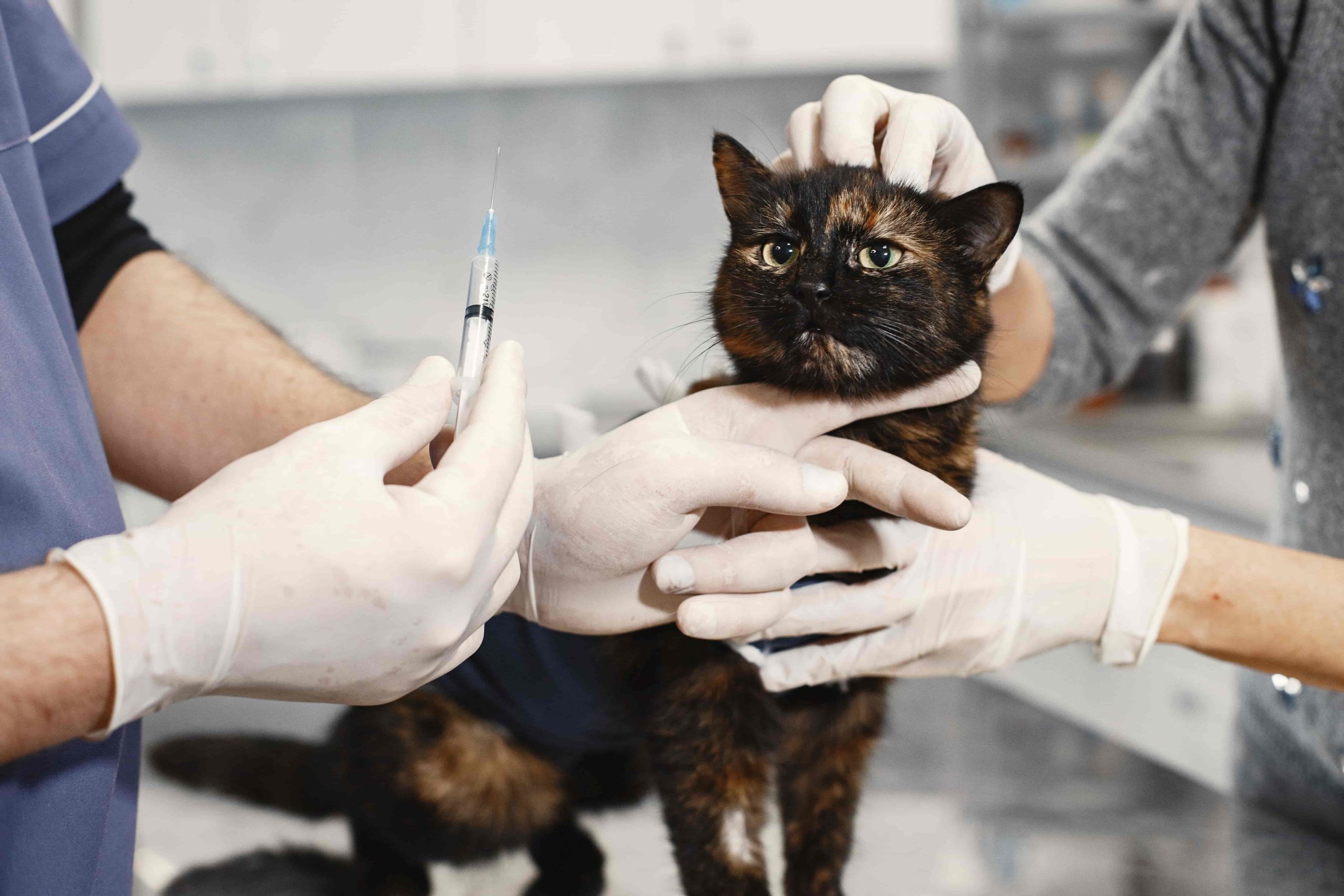Purring is a fascinating behavior that we immediately associate with our feline friends. Harmonious and soothing, this act sometimes seems like an enigma that many cat-curious people seek to decipher. Surprisingly, the mystery surrounding this characteristic cat feature has intensified over the years, leading to various suppositions and theories. Yet, although traditionally linked to happiness and contentment, purring can also be a sign of discomfort or a subtle method of communication, making this feline melody so mysterious and intriguing.
Why do cats purr? A look at the science behind it
Physical causes of purring in cats
Many people assume that purring is simply a sound cats make when they’re happy. Yet the physical process behind purring goes far beyond a simple reaction to a moment of pleasure. In fact, purring is created when a cat inhales and exhales air through a small hole between its vocal cords. The muscles of the larynx contract and expand rapidly, producing the distinctive purring sound. The frequency of these vibrations is generally between 25 and 150 Hz.
But what triggers these vibrations? Experts believe that a neural signal from the cat’s brain is responsible, telling the laryngeal muscles to contract. But while most cats purr, each purr is as unique as the animal that produces it. In fact, the tone, frequency and volume of purrs vary considerably.
Why not all cats purr the same way
One cat won’t sound the same as another. Its breed, size, age, environment and even mood can influence the way it purrs. For example, the Maine Coon, one of the largest cat breeds, is known for its low purr. On the other hand, a kitten whose voice is not yet fully developed may produce a higher-pitched sound. It’s also worth noting that some cats purr louder than others; this doesn’t necessarily indicate comfort or discomfort, but is simply a characteristic feature of each cat.
The meaning of purring: decoding these mysteries
Happy purring: when your cat is satisfied
Traditionally, we associate purring with a happy cat. And for good reason: our feline friends often purr when snuggled up comfortably in their favorite sleeping nook, or when petted by their owners. In fact, purring is an instinctive gratification mechanism that indicates when a cat is relaxed and content. It’s also common for a mother cat to purr while nursing, underlining the sense of contentment and soothing associated with this sound.
However, purring depends on a number of factors. Even if a cat seems to be in a state of perfect happiness, it may not purr. This doesn’t mean he’s not happy, but simply that he doesn’t feel the need to express it through purring. This may be due to his personality, his environment or other external factors. Therefore, although purring is generally associated with satisfaction, it should not be used as the only indicator of your cat’s happiness.
Painful purring: an indicator of your cat’s state of health
Surprisingly, purring doesn’t always indicate contentment. Sometimes, a cat may purr when it’s sick or injured. It may seem counter-intuitive, but experts have a theory: purring may act as a healing mechanism. In fact, the vibrations caused by purring can stimulate bone healing and reduce inflammation or swelling. So, if you notice a change in your cat’s behavior accompanied by unusual purring, it’s crucial to consult a veterinarian as soon as possible. Your cat may be suffering in silence, and its purring may be its only means of communicating this.
How to respond to your cat’s purring
How to interact with a purring cat
If you notice your cat purring with satisfaction, it’s the perfect time to strengthen your bond. Pet him gently, play with him or offer him his favorite toy. These interactions improve your feline friend’s sense of trust and security, increasing the likelihood that he’ll purr with contentment. It’s essential to understand that every cat is unique, so experiment to see how he reacts best.
When purring calls for help: spotting the signs of distress
If your cat is purring in an unusual way and his eating or sleeping habits have changed, he may be in distress. Other signs include isolation, unusual aggression, inability to jump or run, or frequent visits to the litter box. If these signs of discomfort are present, it’s essential to consult a veterinarian immediately. In fact, pet owners should pay particular attention to changes in their pet’s behavior, as these may indicate an underlying health problem that requires treatment.
Cat purrs: more than a melody, a conversation
It’s certainly soothing to listen to the gentle melody of your cat’s purr. But beyond its seductive sound, purring is a sophisticated mode of communication that our feline friends use to express a range of feelings and states of mind. Whether indicating contentment, discomfort, the desire to be stroked or the need for help, purring is your cat’s voice, allowing him to express himself in a way that, while mysterious, is also touching and intimately linked to his feline nature. Decoding these sounds can enrich your bond with your cat and improve his overall well-being. So, the next time you hear your cat purring, take a moment to listen, observe and understand what it’s trying to tell you. Because, as we all know, every cat has its own story to tell.





